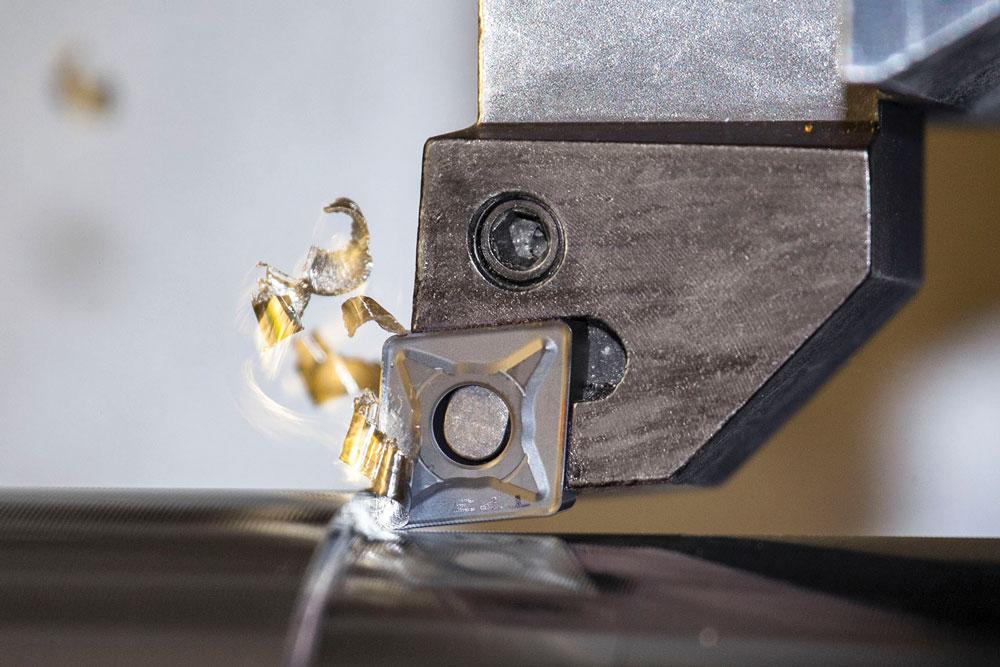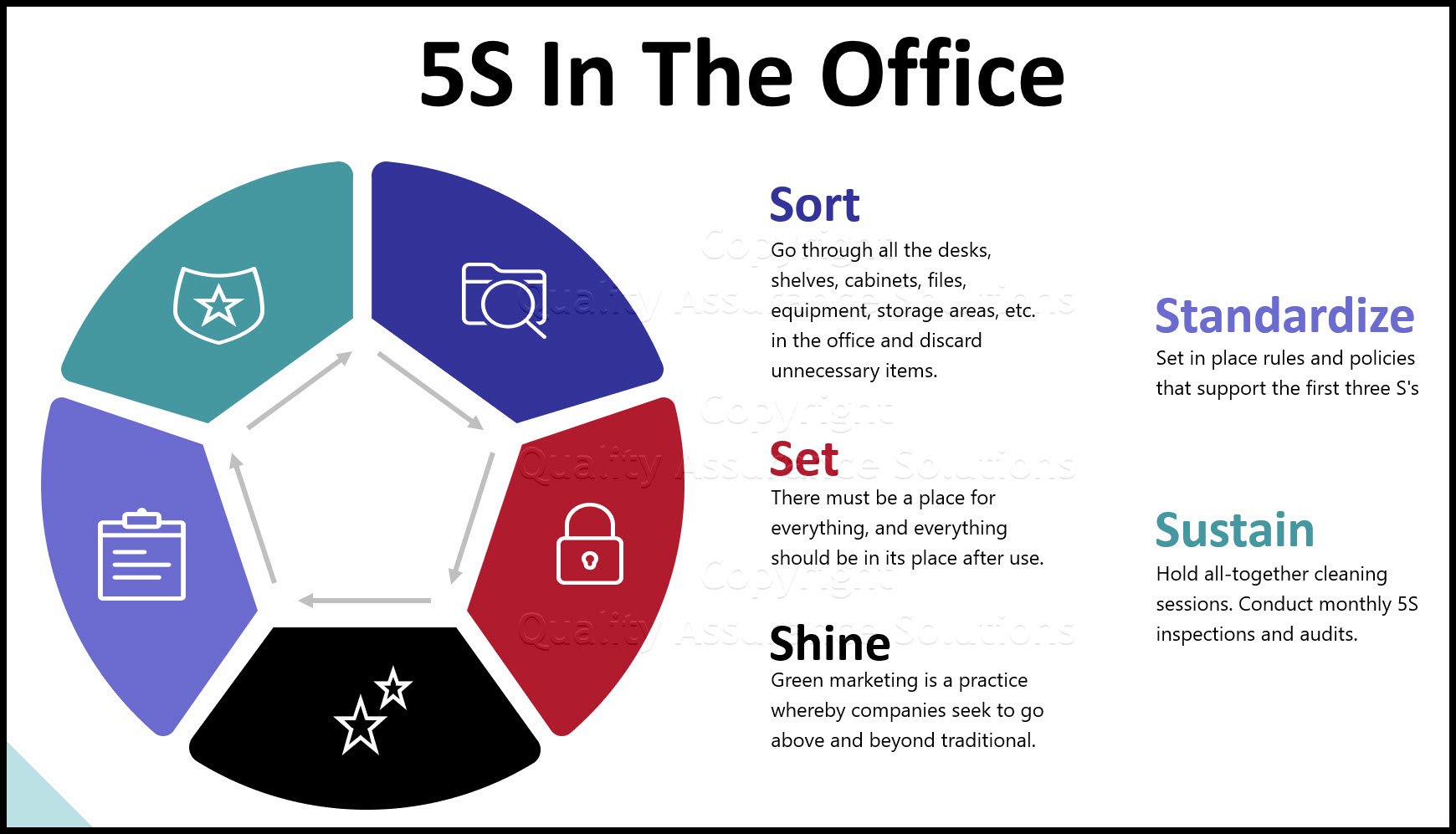All Training Presentations Free
Let's enhance your skill
Research has shown that additional training has a positive impact on a person’s employment opportunities. Acquiring new skills and competencies can extend options for professional advancement and offer additional career choices. There are also indications that VET may contribute to reducing unemployment and protect people from becoming unemployed in the first place.
OEE Calculator for Industry
| Parameters | Results |
| Run time | |
| Good parts | |
| Operator Efficiency | |
| Availabilty | |
| Performance | |
| Quality | |
| OEE | |
| Remarks |
What is OEE and how to calculate?
This article is all about, what is OEE? And how to calculate it? What are its benefits? How is it measured? About the history of OEE, when did it start and who started it?
What is OEE?
OEE means OVERALL EQUIPMENT EFFECTIVENESS:It is the standard for measuring manufacturing productivity. Simply put - it identifies the percentage of manufacturing time that is actually productive. An OEE score of 100% means you are manufacturing only good parts as fast as possible, with no stop times. If OEE achieved 100% then this means 100% quality (good parts only), 100% performance (as fast as possible), and 100% availability (no stop times).
Measuring OEE is a manufacturing best practice. By measuring OEE and inherent losses, you will gain important insight into how to systematically improve your manufacturing process. OEE is the single best metric for identifying damages, benchmarking progress, and improving the productivity of manufacturing equipment (i.e., eliminating waste).
How do you calculate OEE?:
OEE has a formula which is as follows:
OEE= Avaliability*Performance*Quality
You need to be aware of these three things to do OEE culture
Avaliability: Run Time / Planned Production Time
Performance: (Ideal cycle time* total count)/ Run time
Quality: Good Count/Total count
What is Avaliability?:
Availability takes into account unplanned and planned stops. An availability score of 100% means that the process is always running during the planned production time.
What is Preformance?:
Performance takes into account slow cycles and short stops. A performance score of 100% means that when the process is running it is running as fast as possible.
What is Quality?:
Quality takes into account defects (including parts that require resale). A quality score of 100% means there are no defects (only good parts are being produced).
What are the advantages of OEE ?
OEE Manufacturing Advantages That Improve Your Production There are plenty of reasons companies around the world use OEE as a tool for continuous improvement. These are the top 10 biggest benefits and benefits they offer.
Overall Equipment Effectiveness (OEE) is a framework for measuring the effectiveness and efficiency of a manufacturing process, and these are the top 10 benefits.
1) Return on Investment (ROI)
Companies make huge investments in machinery and they need to get maximum return on their investment. As an operator, you are able to prove the financial value of your investment with measurable data provided by Overall Equipment Effectiveness (OEE) and other hard metrics. If users can produce 10 percent more products in the same amount of time using the same equipment, they have made an admirable and measurable contribution to the company's bottom line.
2) Get the best performance from the machinery
One of the biggest advantages of using an OEE system is that the performance of the machines increases rapidly from the time of implementation. Its application is perfectly suited for obtaining maximum performance from new equipment on the production line and applying it to other machines that are already operating.
3) OEE works and speaks for all
The information provided is targeted at every stage of the production process: from the shop floor team to the top-level management. OEE information is practical and motivates teams to take improvement action. For shop-level teams, this group promotes problem-solving and healthy competition between teams. This enables top-level management to focus on areas that will yield the highest returns.
4) Helps increase competition
This is necessary to reduce the production deficit and achieve greater competitiveness. For example, if a production line is capable of producing 100 pieces per hour but is only producing 60, it is not efficient enough. With rigorous OEE data in hand, operators are able to identify bottlenecks in the production line. With a cloud-based OEE system, you can analyze OEE metrics data to identify where your weaknesses are and where are your opportunities.









0 Comments